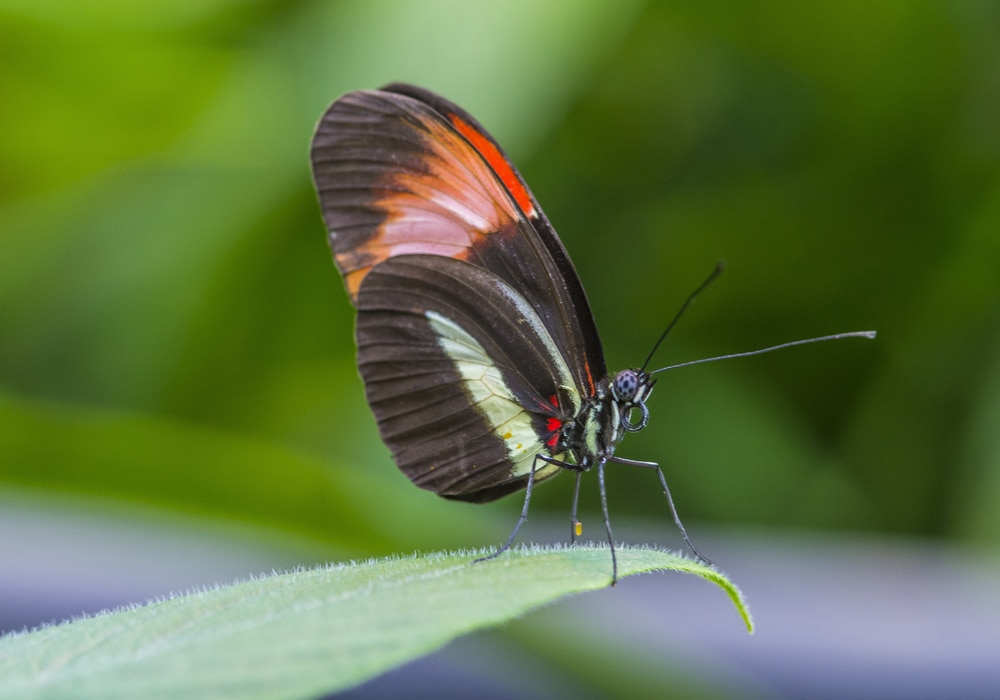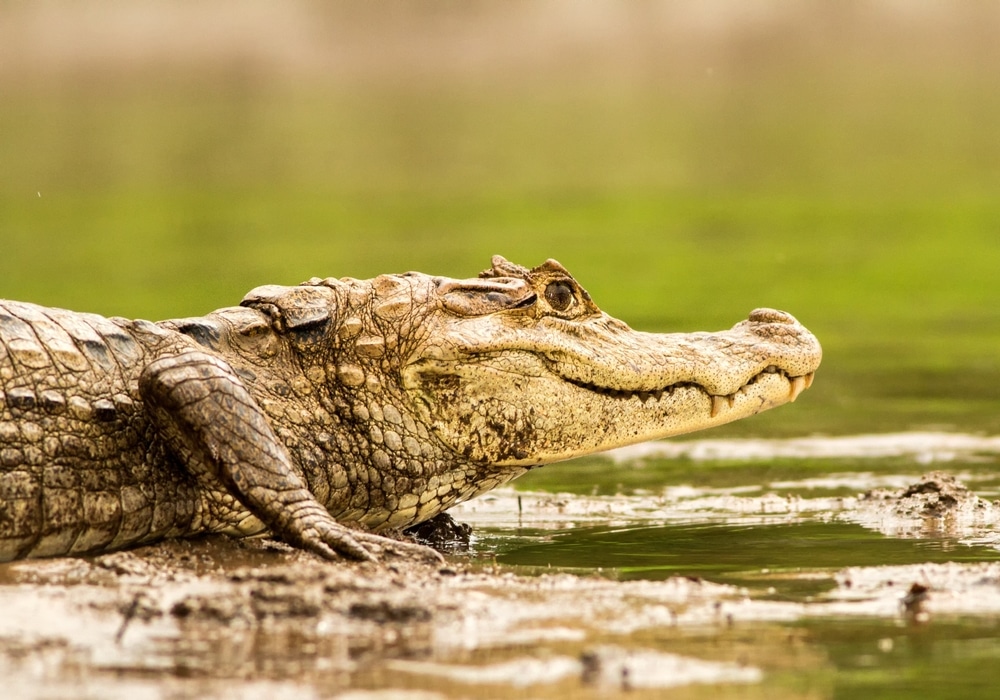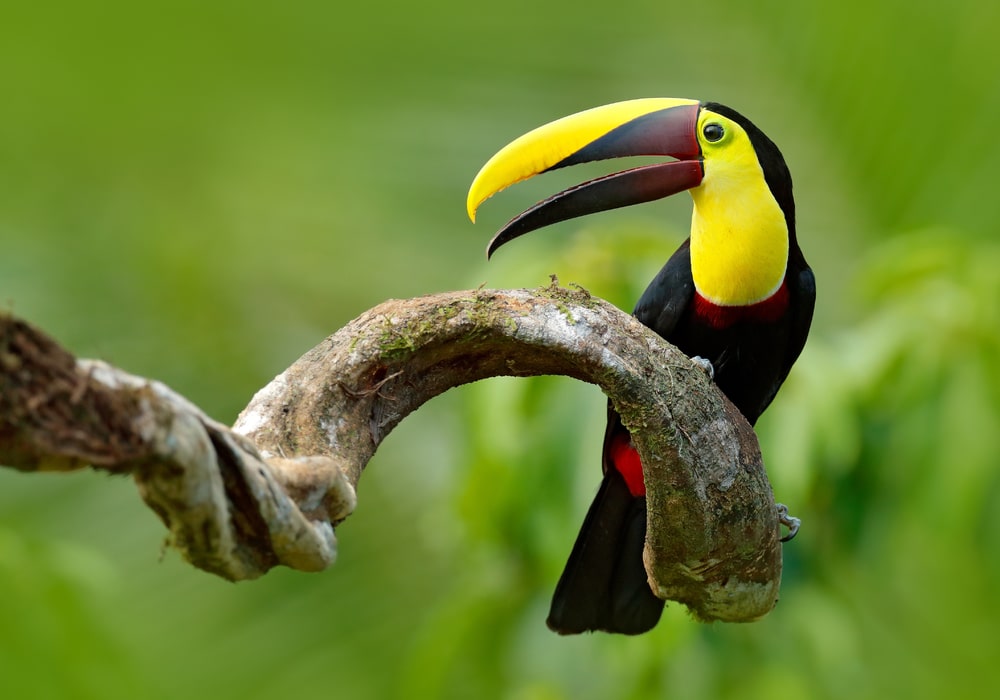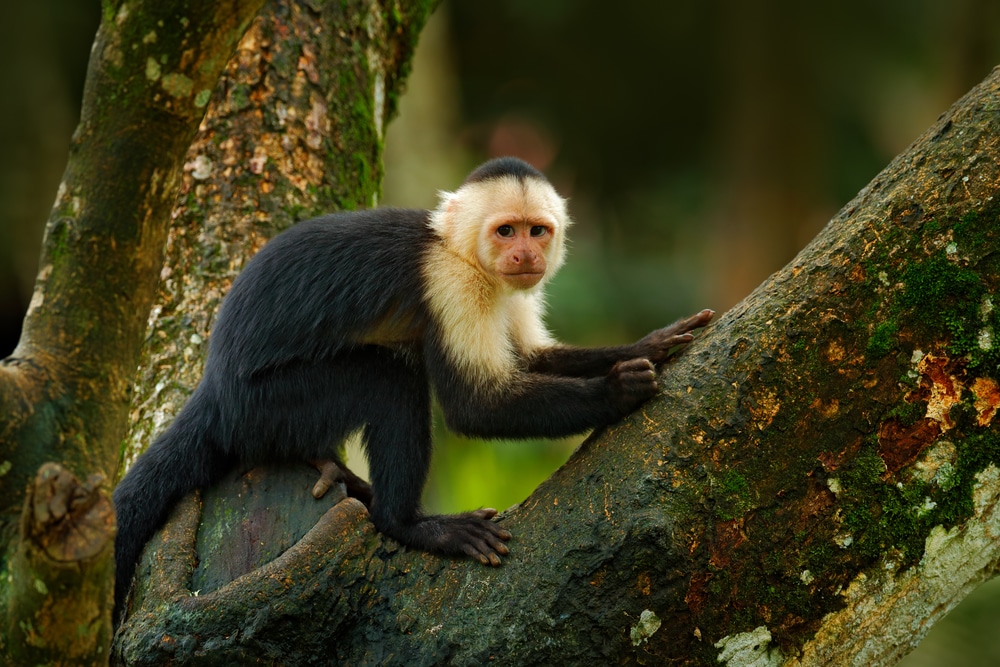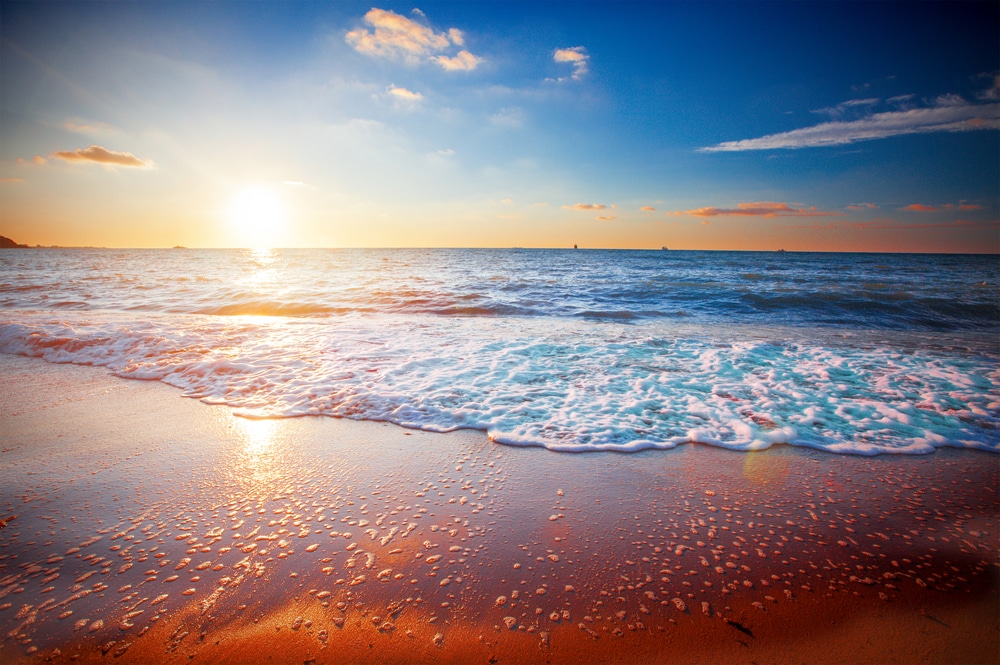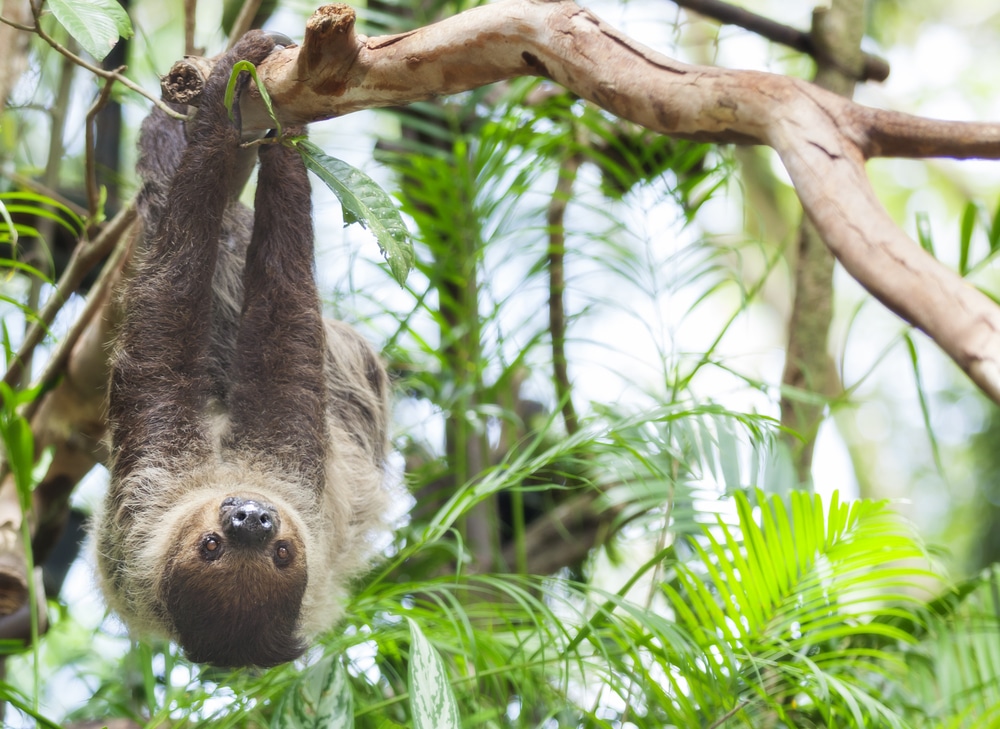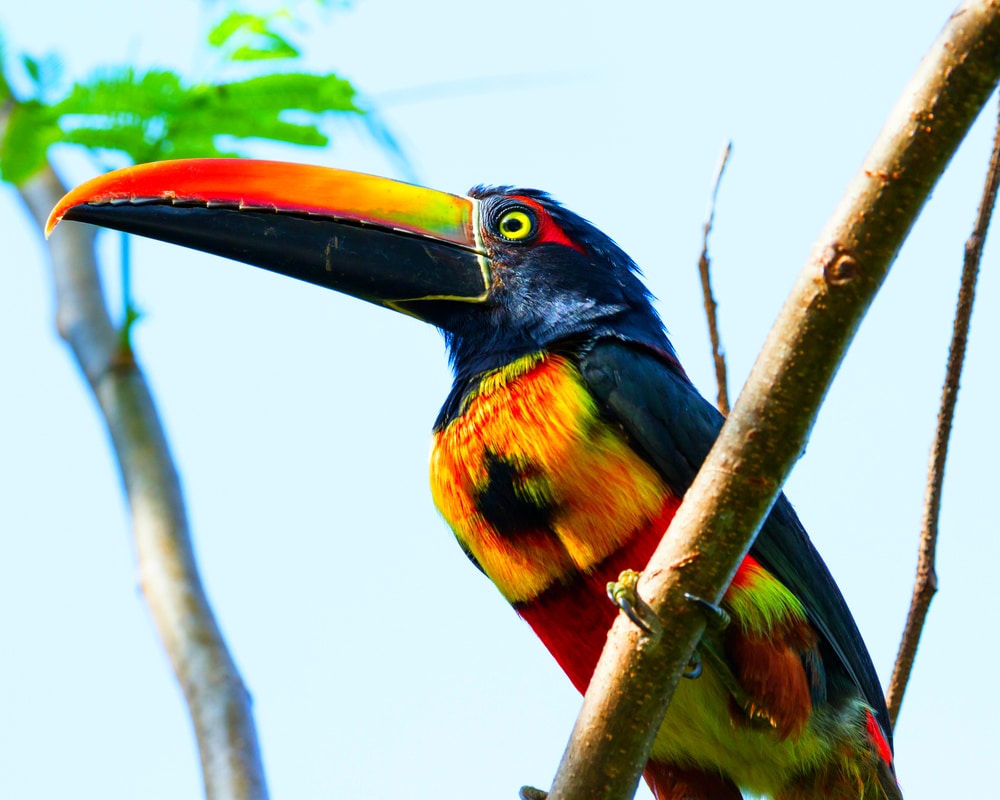From flutterbys to creepers, check out these 5 interesting insects that make their home in Costa Rica
Whether creepy crawlers are your thing or not, you have to admit that Costa Rica has an astonishing array of fascinating insects that are a delight to catch sight of. While nobody knows exactly how many different species of insects there are in Costa Rica, some claim that the number hovers around 300,000. In reality, though, it’s almost impossible to track and new bugs are being discovered all the time.
If you want to be picky, all bugs are insects, but not all insects are bugs. The difference is in the mouth shape, and that may be a difference without a distinction to folks like you and me. Whatever you want to call them, there are definitely a lot of cool insect species in Costa Rica.
We think these 5 Costa Rica insects are fascinating either because of their beauty or their behavior.
The butterflies found in Costa Rica make up 90% of all butterflies found in Central America, so there’s no better place to visit if you love these delicate, gorgeously colored flying insects. There are a number of really awesome butterfly observatories in Costa Rica where you can see a dizzying number of flitting and flying beauties, including Blue Morphos, Glasswingeds, or Orange Tigers. Their educational exhibits give information about the butterfly life cycle, as well as a display of chrysalises from which the butterflies eventually emerge.
Leafcutter ants—called zompopas in Costa Rica—are really fungi farmers. They carry the pieces of leaf to the nest to use as a growing medium. What’s interesting is that all that fungus emits the greenhouse gas nitrous oxide on a scale to match anaerobic manure lagoons found at milk farms. You can identify them by the trail of leaf-carrying ants.
Stick insects look exactly like their name implies. Their coloration may be brown, green, or mixed. By day, they blend into their environment by becoming sticklike, mostly motionless but moving as the plant they’re affixed to moves. At night, they forage and mate. Juanpalos, as they’re known in Costa Rica, are found in the dry tropical savannahs of Guanacaste, Rincón de la Vieja, and Santa Rosa National Parks.
Fireflies, or lightning bugs, are really beetles. In Costa Rica, you’re likely to see them just about anywhere. Their bioluminescence is the result of a chemical reaction. Color and flash patterns depend on species and gender, mostly for mating purposes. Short-lived, most fireflies never eat after the larval stage.
The long, upwardly curving horns of the Hercules Beetle have earned it its more descriptive name: the rhinoceros beetle. These beetles are enormous, growing to 7” and are very strong, carrying up to 850 times its weight. A herbivore, you’ll find them in Palo Verde, Corcovado, and Tortuguero National Parks, as well as Caño Negro Wildlife Refuge.
The best time to go bug hunting is at night, and several of the national parks and reserves often have night tours, as do some resorts. These interesting insects are worth the effort to see if you can spot them. Some of your best Costa Rica vacation stories might end up being about the adventures you had trying to see them. If you miss out on these 5, there are sure to be others that are just as interesting.

